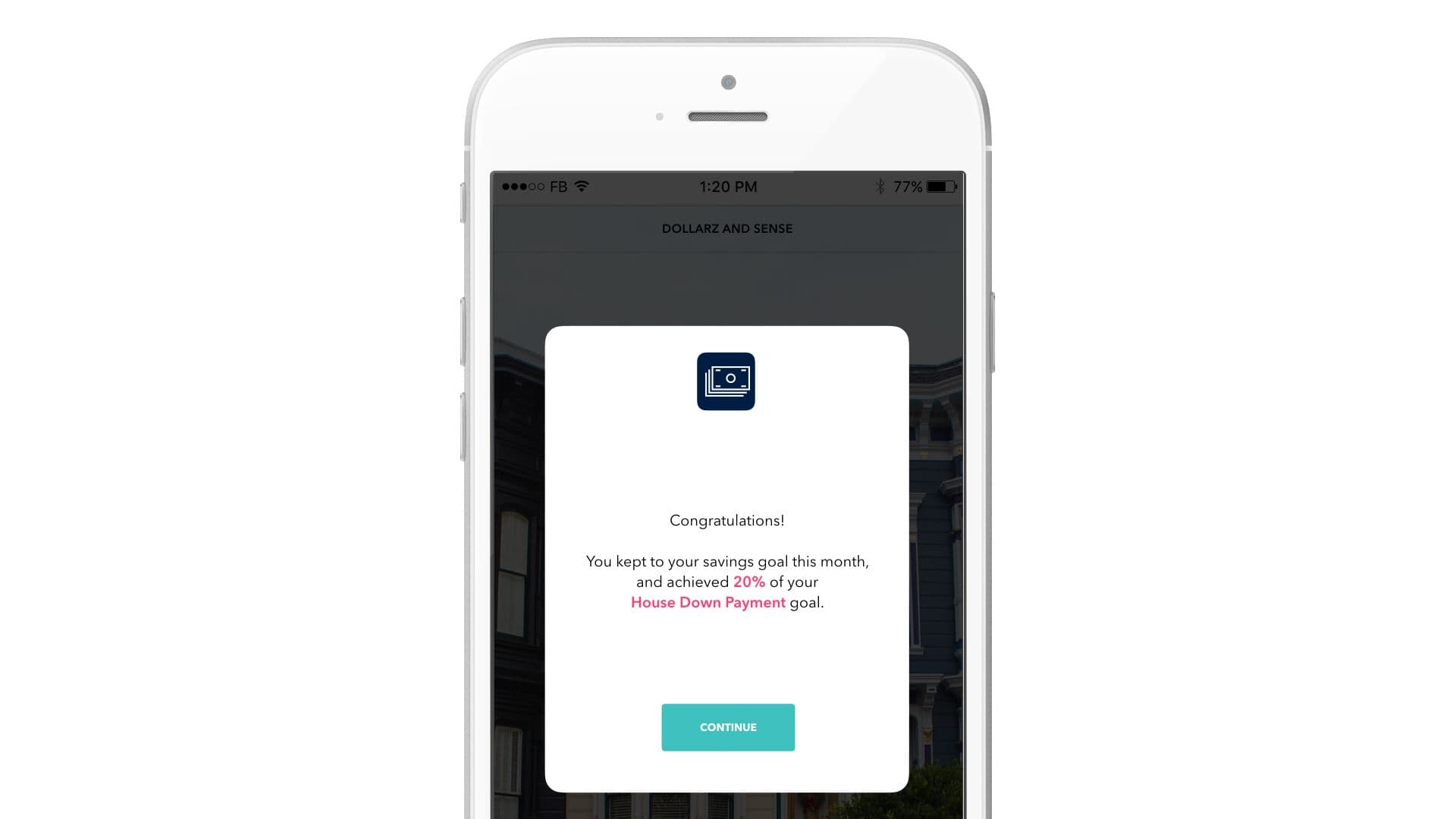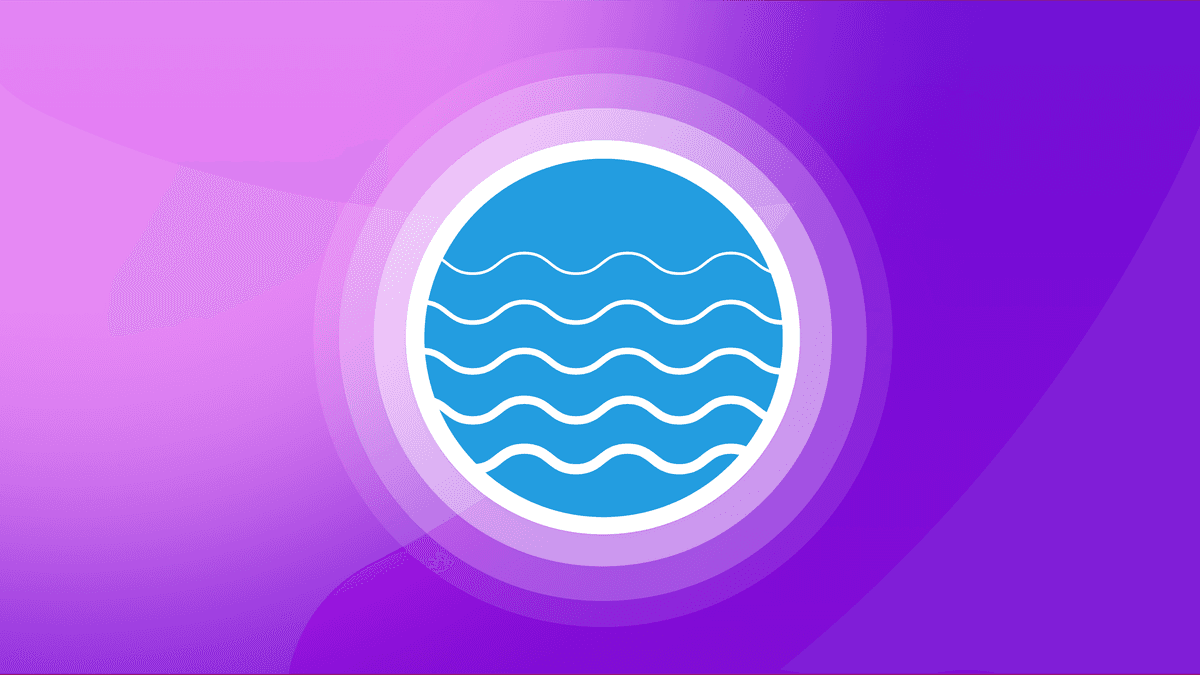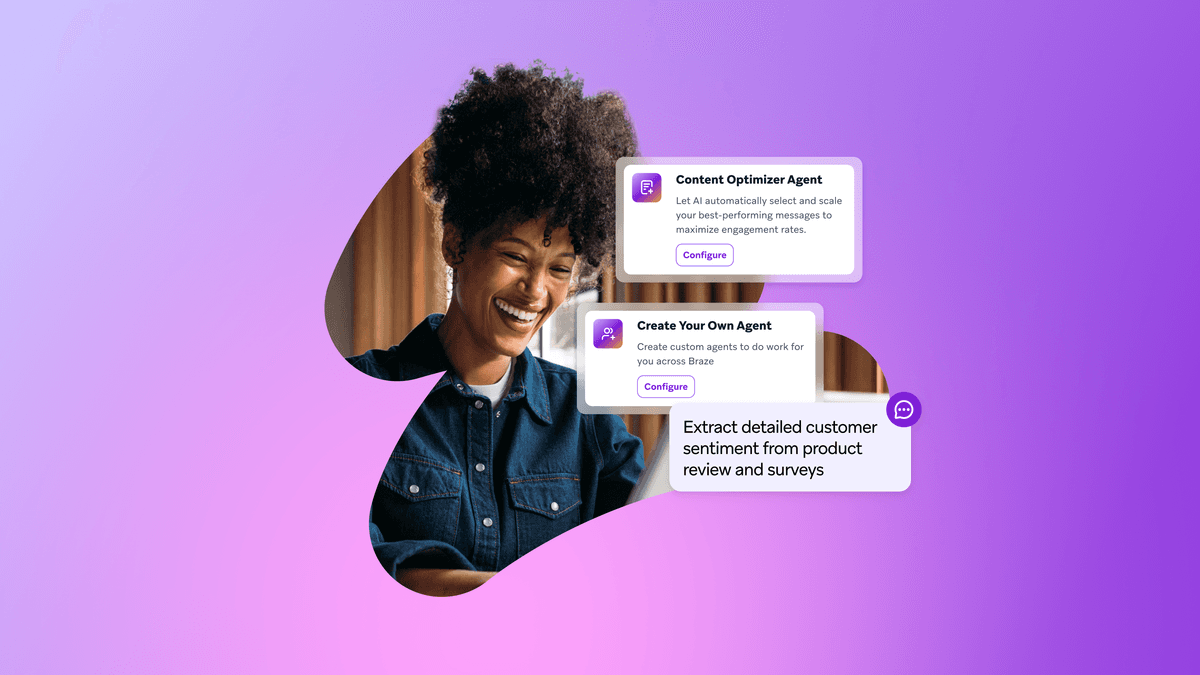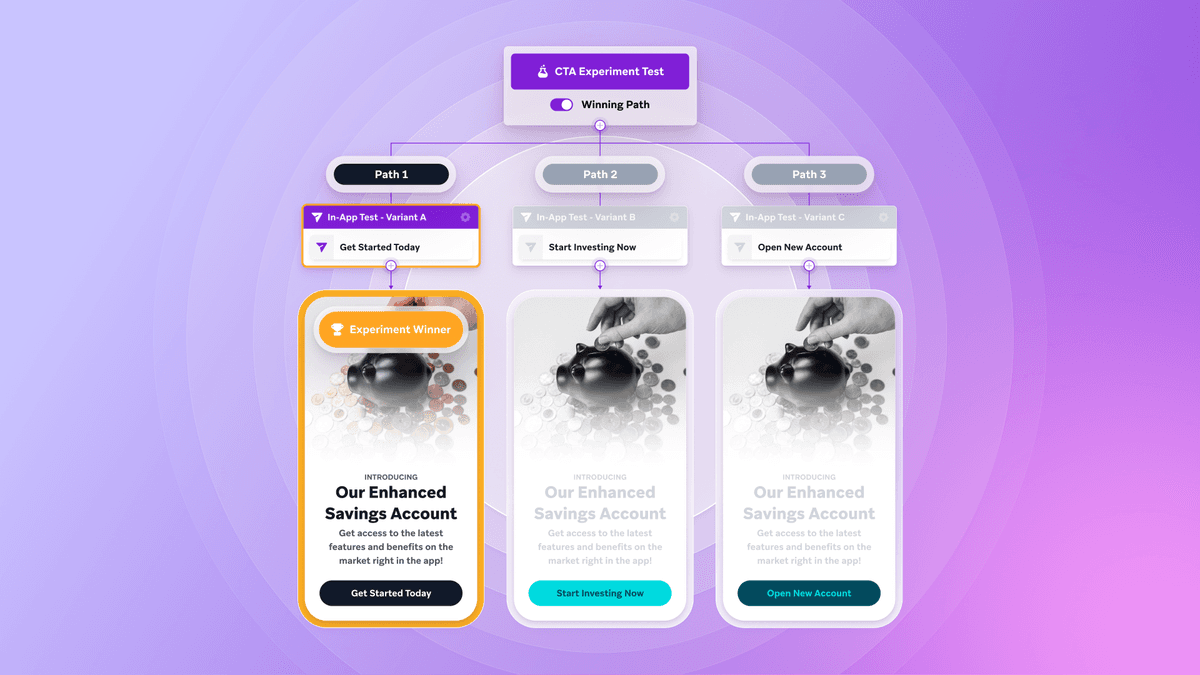Can Gamification Marketing Work for Your Brand?
Published on March 28, 2016/Last edited on March 28, 2016/8 min read

Published on March 28, 2016/Last edited on March 28, 2016/8 min read


As kids, some of us treated the floor of our bedrooms like lava, and hopped from chair to table to dresser to make cleaning up a bit more fun. We gamified the cleanup process. We incentivized ourselves to complete a task by turning it into a fun challenge.
Apps have since gamified everything from money management and fitness to those activities’ counterpoints, shopping and eating, and everything in between.
Even in today’s digital world, there are still a few analog options for lightening the load on weighty topics. Like, for example, creating paper loops to represent debt. As the debt gets paid down, rings come off the chain.
Games of all sorts are designed to generate inspiration, to motivate ourselves or someone else into taking action. Product designers have gotten pretty good at finding ways to employ game mechanics to get users to take certain actions.
How can marketers tap in?
Badgeville.com, a gamification wiki, has compiled a list of the most common tools, techniques, and widgets that developers often use to gamify a user experience. Marketers can turn to this list to model a gamified marketing campaign aimed at building on their relationships with their users.
Before you get started, it’ll help to understand the psychology behind the popular technique.
Michael Wu, Ph.D. is a Principal Scientist of Analytics at Lithium.com. He was voted a 2010 Influential Leader by CRM Magazine for his work on predictive social analytics and its application to social CRM. He combines Maslow’s Hierarchy of Needs and a newer model on human intrinsic motivators from Dan Pink’s 2009 book to explore the theories of motivation that make gamification so effective. The key tenets are our human drive for belonging, esteem, mastery, and purpose.
Belonging gives us a sense of having a rightful place in the context of a communal dynamic. It affords us social cohesion. Farmville is an example of an app that capitalizes on the human need for belonging.
Esteem is about status, achievement, rank, and reputation. Foursquare, for example, taps into belonging, but really thrives on the drive for esteem, as users vie to achieve the status of “mayor” of their local cafe or watering hole.
Mastery is a lot like esteem, and can be indicated through points, progression, and levels—elements that move a user through a world or through an experience. Most games (like Temple Run or Plants v. Zombies or Clash of Clans, to name three of many) rely on progression dynamics to drive an experience.
Purpose or “finding meaning” can be conveyed through discovery and quests. Most adventure games rely on this intrinsic motivator. The Silent Age, for example, relies on the human drive for purpose as its player travels between the 1970s and 2012 to discover details of humankind’s extinction.
Remember that “gamifying” is not synonymous with gaming. Gamification is applying game-like principles in a non-game context.
Consider answering the following questions before embarking on a gamified marketing endeavor.
One of the industries where gamification has been most successful is personal finance. J.D. Roth, author of Your Money: The Missing Manual says, “In some ways, ‘gamification’ is just taking advantage of feedback loops. With personal finance, that means getting constant data about your financial situation, looking for ways to improve that situation, and then pushing yourself to make changes. Once the changes are made, you look at the results and repeat the process.”
So how can marketers follow the same model?

Example of a gamified message from a financial app
Anyone can stick points and badge systems and leaderboards into a process. But now, with the prevalence of gamification across the mobile landscape, clumsy or tone deaf attempts to make users feel rewarded or recognized could just fall flat. Loyalty programs can be gamified, and can be done very well, but by tapping into the real human needs discussed above, a marketer can get so much more out of gamification marketing.
Let’s take a look at a couple of big brands who have done gamification marketing well.
Together with a promotional marketing platform, outdoor clothing outfitter Moosejaw launched a gamified marketing campaign for gift cards.
The gift cards were valued at ten dollars. Using the marketing platform’s proprietary “stair-step” pricing, the opening price for those ten dollar cards was just one dollar. Over the course of the day, the price increased to five dollars. This created excitement wherein customers rushed to buy as many gift cards as they could, as early as possible in the day before the price went up. In 15 minutes, Moosejaw sold over 500 ten dollar gift cards. By the time customers used those gift cards, they spent over $66 per card. That’s a 560% ROI.
To promote the sale, Moosejaw sent teaser messages to already-loyal customers via text. These texts, accompanied by three social media posts, invited customers to opt-in to be notified when the deal went live. Customers didn’t know exactly when the deal would go live, but they knew that the sooner they reacted, the better their deals would be. At the end of the promotion, close to a quarter of purchasers were brand new customers. That’s because the majority of purchasers shared their experience with friends.
Why it worked: More than three quarters of participants shared their purchase, or “achievement,” with their friends (belonging, esteem).
In 2013, Heineken sponsored the US Open. They created a “Crack the US Open” contest on Instagram, which “stitched together more than 200 photos to create a mosaic panorama depicting tennis fans seated in the stands.”
Heineken posted a clue and a codeword on their Instagram account, which signalled the beginning of a ticket giveaway. The hunt began. Players began to search for a particular fan among the 200 photos. Over the course of three days, players followed a series of clues posted in the photo captions. The first player to find their way to the final photo in the game won a pair of tickets to a real game in the men’s finals. 1,500 people participated in seven photo hunts. Heineken saw a 20% increase in followers on their @Heineken_US account over the course of the contest.
Why it worked: Players were in a constant and somewhat complicated battle with peers (mastery). They were led through a labyrinthine series of clues (mastery and purpose). And the final prize afforded the opportunity to participate in a sought-after cultural moment (belonging).
Delta’s marketing firm sought to turn Delta into New York City’s go-to airline. To do this, they launched a hearts-and-minds campaign they dubbed the Red Coat Challenge.
They hid flight attendants all over the city, and then released geo-coordinates and clues throughout the day in their digital channels. New Yorkers scurried around the city on the hunt for real-life flight attendants, tracking their progress on social media. The winner received a free trip on a chartered flight from New York to L.A. Delta reached over 70 million people via Twitter, and had over 180,000 direct interactions with their consumers.
Why it worked: This campaign reinforced New Yorkers’ sense of belonging and esteem, and provided a sense of purpose in executing the challenge.
The most direct path to gamified marketing is to incentivize your users to share your brand, and to reward them once they do. If you make it fun and worthwhile for your customers to speak socially about your brand or product, you will have successfully created a marketing machine that does its work for you.
Creating an emotional connection with your customers, and empowering them to speak for the brand will take them further down the path to becoming brand ambassadors. Your can then work on nurturing those relationships even further.
Sign up for regular updates from Braze.





